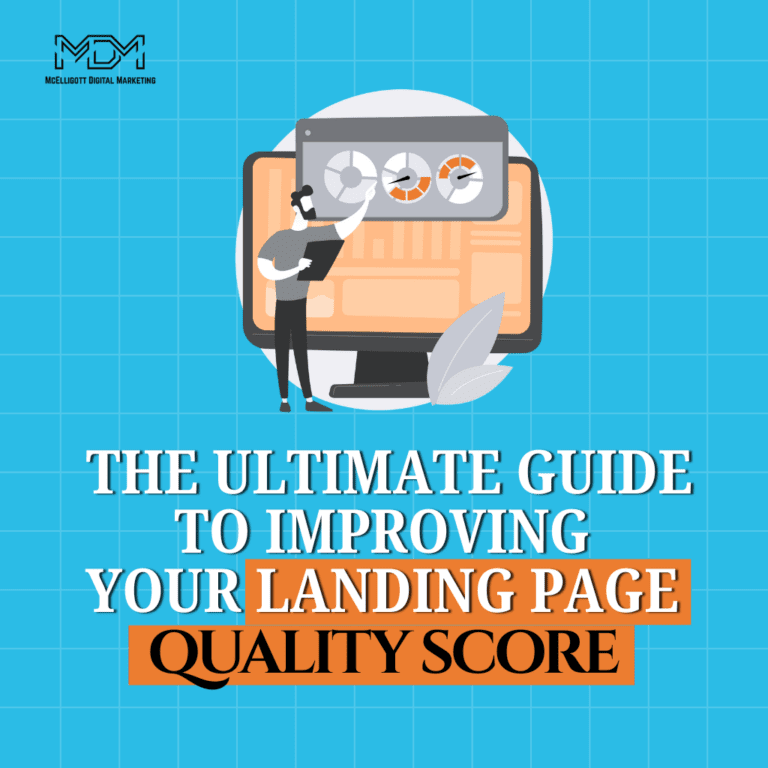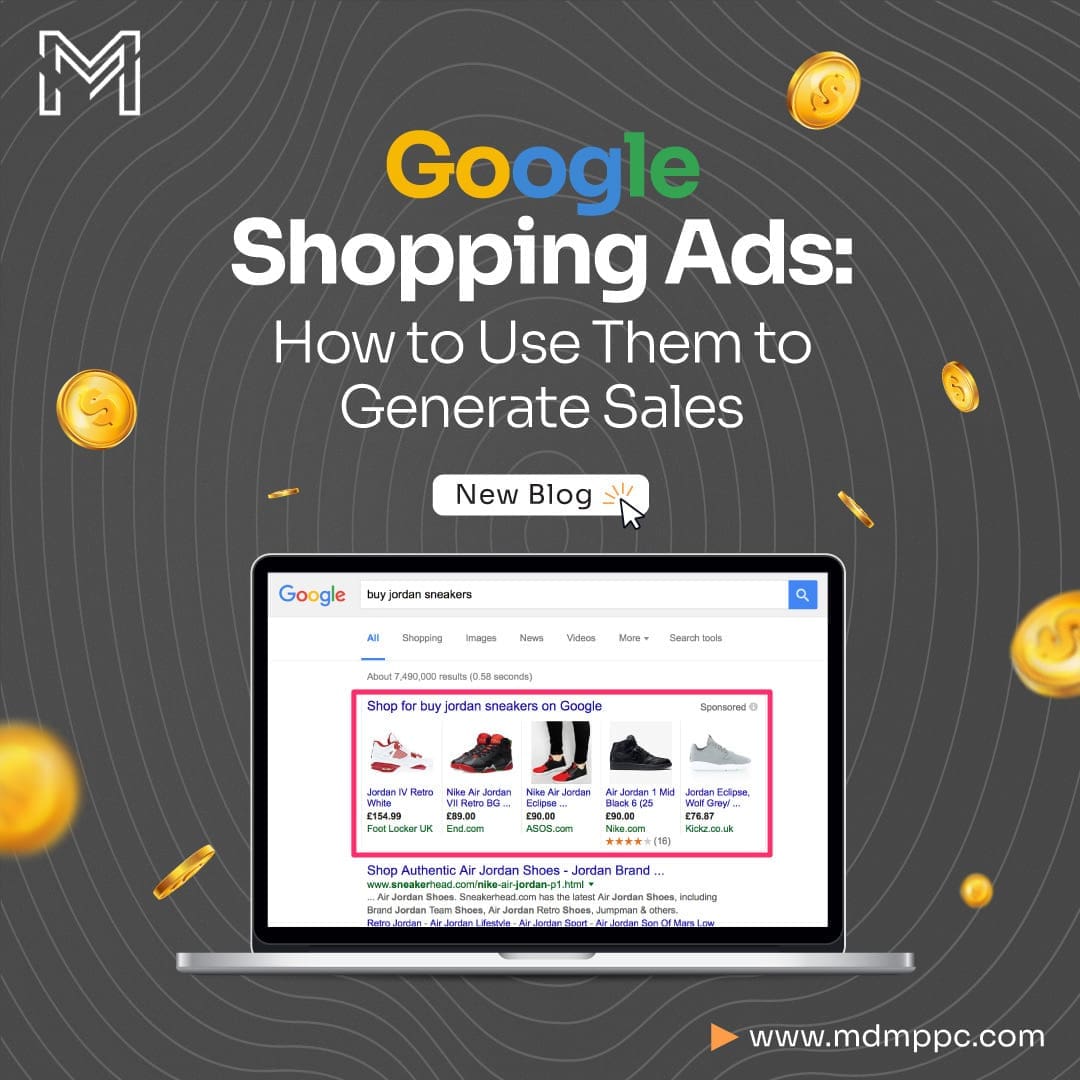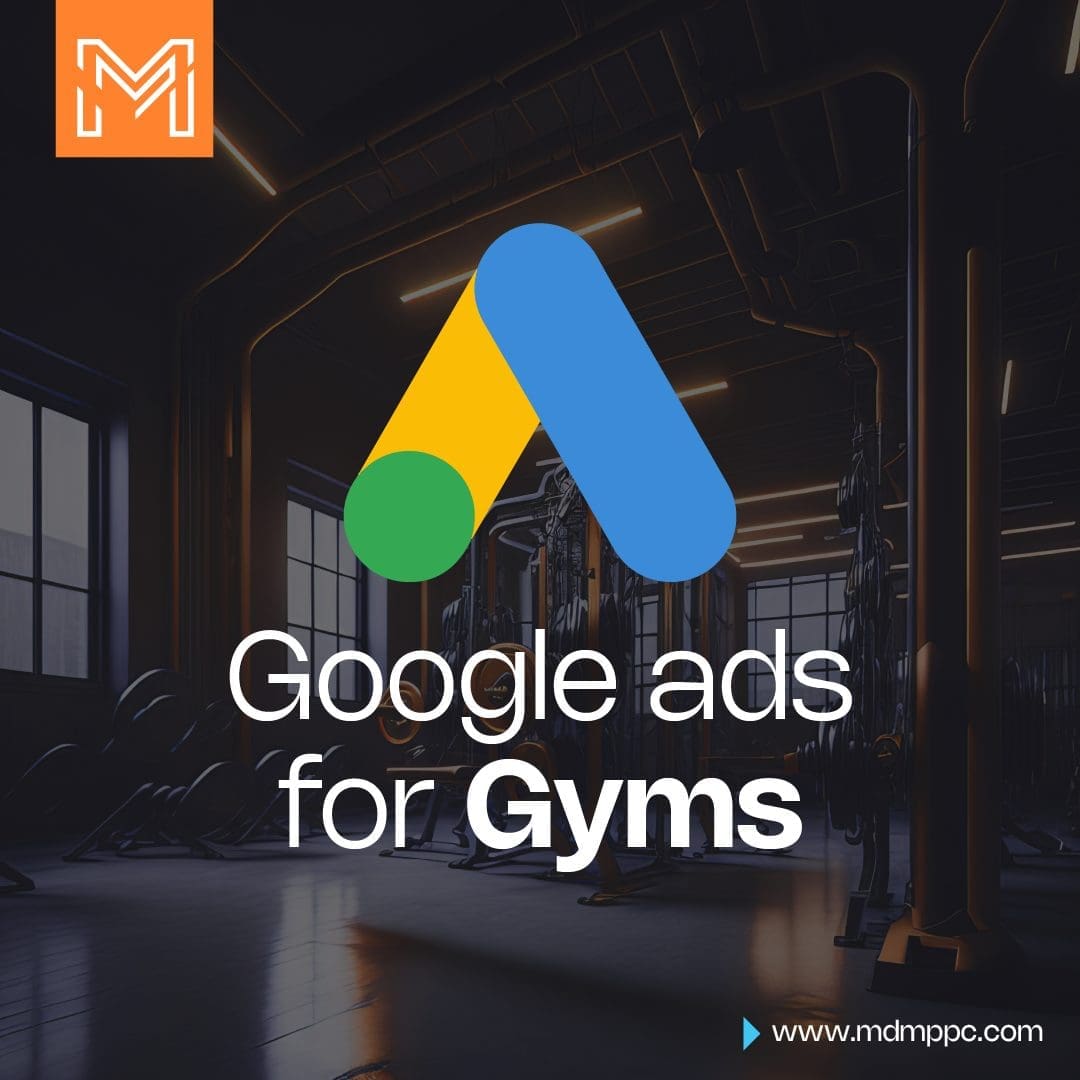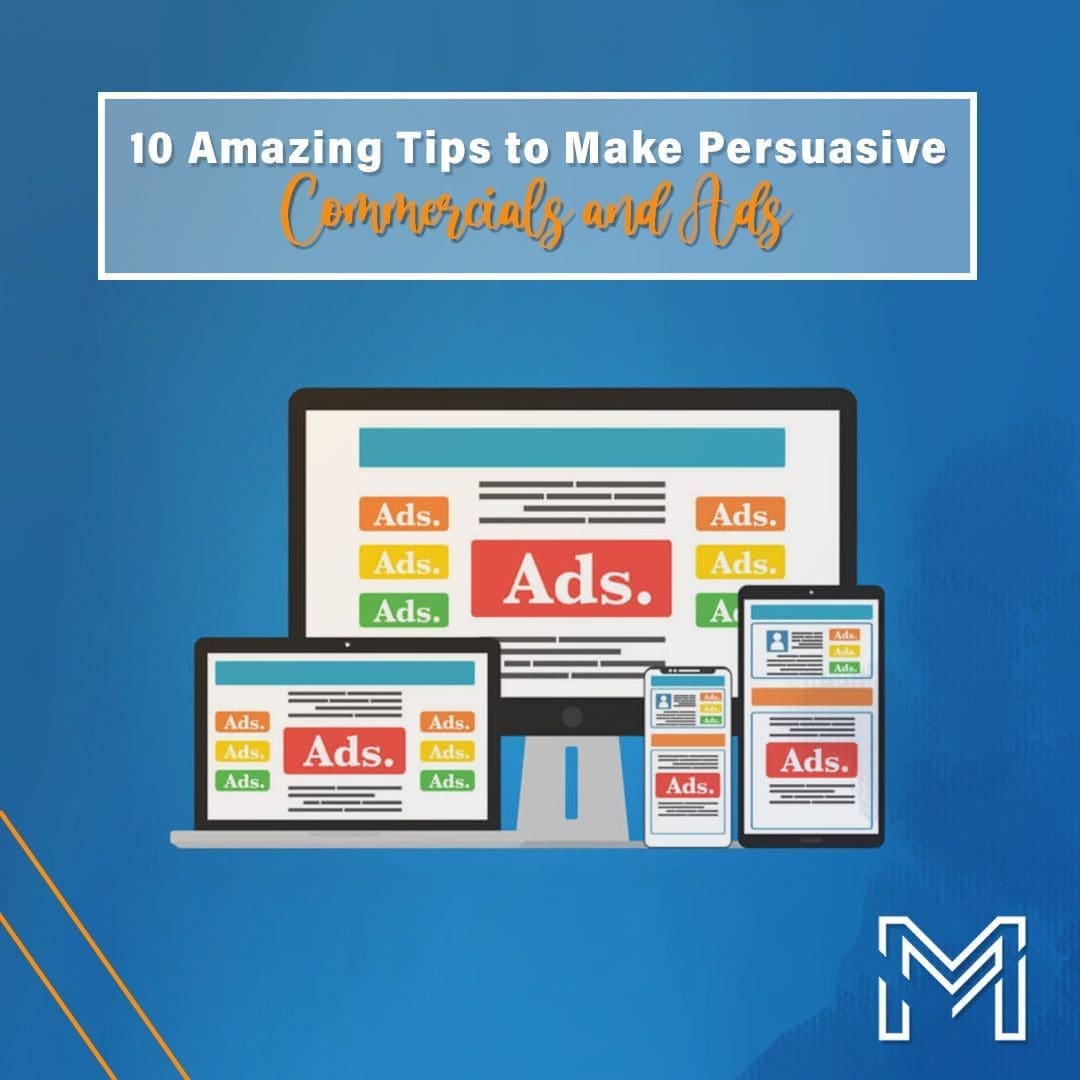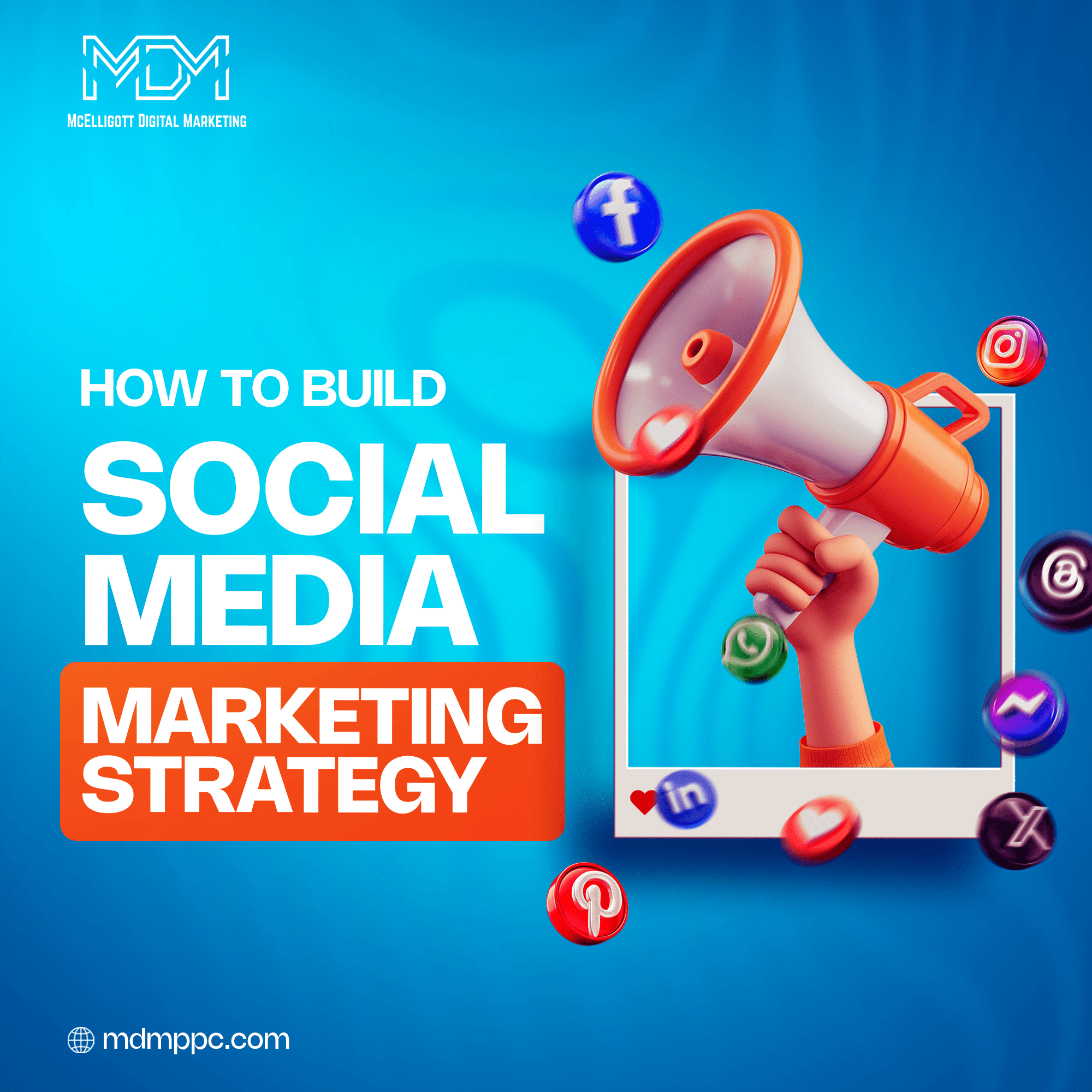Your landing page can make or break your PPC campaign. A high Landing Page Quality Score means lower ad costs, better rankings, and higher conversions. A low score? That means higher costs and poor ad performance.
Google assigns a Quality Score based on how relevant and user-friendly your landing page is. The more aligned it is with search intent, the better your ad performs. This directly affects cost-per-click (CPC) and how often your ad appears.
But improving your Quality Score isn’t just about adding keywords—it’s about creating a seamless experience for users.
In this guide, we’ll break down how to boost your Landing Page Quality Score, avoid common mistakes, and use the right tools to optimize performance.
What is Landing Page Quality Score?
Landing Page Quality Score is a rating given by Google Ads to determine how relevant and user-friendly your landing page is for visitors who click on your ad. It is a key factor in Google’s ad auction system and directly impacts your Ad Rank, Cost-Per-Click (CPC), and overall campaign performance.
A high-quality score means your landing page aligns well with search intent, delivers a smooth user experience, and provides valuable content. The better your score, the less you pay per click and the higher your ad ranks.
Why is Landing Page Quality Score Important?
- Lower Ad Costs – A higher score reduces CPC, maximizing your ad budget.
- Better Ad Placement – Google favors high-quality landing pages, increasing your visibility.
- Higher Conversion Rates – Relevant, well-optimized pages lead to more actions from visitors.
- Improved User Experience – A fast, engaging landing page keeps users satisfied and lowers bounce rates.
How is Landing Page Quality Score Calculated?
Google’s Quality Score is a metric that evaluates the relevance and effectiveness of your landing page and ad. It helps Google determine how useful your ad experience is for users. The score ranges from 1 to 10, with 10 being the best.
A higher Quality Score means your ads will cost less and rank higher, while a lower score means you’ll pay more per click and struggle to appear in top ad placements.
Google calculates Quality Score based on three main factors:
1. Expected Click-Through Rate (CTR)
What it means: Google predicts how likely users are to click your ad based on past performance and relevance to search queries.
Why it matters: A higher CTR tells Google that your ad is engaging and relevant, which boosts your score.
How to improve:
· Write compelling ad copy with clear benefits.
· Use power words and CTAs (e.g., “Get 50% Off Now!”).
· Match your ad headline with the search intent.
2. Ad Relevance
What it means: This measures how well your ad copy matches the keywords users search for.
Why it matters: If your ad is closely related to search intent, it gets a higher relevance score, making it more likely to perform well.
How to improve:
· Use exact-match keywords in your ad headlines and descriptions.
· Avoid broad or misleading claims—make sure your ad truly represents your offer.
· Group similar keywords into tightly themed ad groups for better targeting.
3. Landing Page Experience
What it means: Google evaluates how relevant, user-friendly, and useful your landing page is for visitors.
Why it matters: Even if your ad gets clicks, a poor landing page will drive users away, leading to low conversions and wasted ad spend.
How to improve:
· Ensure fast loading speed (Google recommends under 3 seconds).
· Keep your page mobile-friendly and responsive.
· Match ad copy with landing page content—users should find exactly what they expect.
· Use clear CTAs (e.g., “Sign Up for Free” or “Get Instant Access”) to guide users.
· Keep the design clean and distraction-free to retain attention.
How Google Weighs These Factors
Google doesn’t publicly disclose the exact weightage of each factor, but experts estimate:
- CTR (Expected Click-Through Rate): ~50% impact on Quality Score
- Ad Relevance: ~30% impact
- Landing Page Experience: ~20% impact
While CTR plays the biggest role, all three factors work together to determine your overall score.
If your Quality Score is low, your ads will cost more and appear less frequently. If it’s high, you’ll get better rankings at a lower cost.
Optimizing all three factors is the key to a high-performing ad campaign with a lower CPC.
Why Does Landing Page Quality Score Matter?
Landing Page Quality Score plays a crucial role in determining how well your ads perform, how much you pay per click (CPC), and how likely users are to convert. A high quality Score gives you a competitive edge, while a low score can drain your budget and hurt your ad visibility.
Here’s why Quality Score matters:
1. Lower Cost-Per-Click (CPC)
Google rewards advertisers with high Quality Scores by reducing the CPC. Since Google wants to show the most relevant ads to users, advertisers with better landing pages and higher engagement pay less per click.
· Higher Quality Score = Lower CPC
· Lower Quality Score = Higher CPC
For example, an advertiser with a Quality Score of 9 might pay $1 per click, while another with a Quality Score of 4 may have to pay $3 per click for the same keyword.
2. Higher Ad Rankings Without Extra Cost
Ad Rank = Quality Score × Max CPC Bid
Even if a competitor bids more, your ad can rank higher if you have a better Quality Score. This means you can outshine competitors without increasing your budget.
Higher Quality Score = Higher Ad Rank = Better Ad Position
A well-optimized landing page can help you appear above competitors even if they have bigger budgets.
3. Improved Conversion Rates
Quality Score isn’t just about ads—it directly impacts your landing page performance and conversions.
· A relevant and user-friendly landing page ensures visitors stay longer and take action.
· A slow or confusing page leads to high bounce rates, which tells Google that your page isn’t useful.
· By improving landing page experience, you increase the chances of turning visitors into customers.
Better Quality Score = More Leads, Signups, and Sales
4. Lower Bounce Rates & Better User Experience
A poorly optimized landing page results in frustrated users who leave without taking action. This sends a negative signal to Google, affecting both your Quality Score and conversion rate.
By providing a seamless experience (fast loading time, mobile optimization, clear CTA), you retain users longer and increase engagement.
Key Factors That Affect Landing Page Quality Score
Google evaluates landing pages based on several key factors to determine their Quality Score. If your landing page isn’t optimized, your ads will cost more and perform worse. Here are the critical elements that affect your Quality Score:
Relevance to the Ad & Keyword
Your landing page must match the intent of the ad users clicked on. If someone searches for “affordable running shoes” and lands on a generic homepage, they’ll bounce quickly.
Best Practice:
- Use keywords in the headline, subheadings, and body text to reinforce relevance.
- Ensure the page content aligns with the user’s search intent (don’t promise one thing in the ad and deliver something else).
Page Load Speed
A slow-loading page kills conversions and lowers your Quality Score. Google prioritizes fast, smooth experiences—a page that takes more than 3 seconds to load can lose 50% of visitors.
Best Practice:
- Optimize images and compress files.
- Use a content delivery network (CDN) to improve speed.
- Minimize unnecessary scripts and plugins.
Use Google’s PageSpeed Insights to check your speed score.
Mobile-Friendliness
More than 60% of searches happen on mobile devices, and Google prioritizes mobile-friendly pages. If your page isn’t responsive, users will struggle to navigate and leave.
Best Practice:
- Use a responsive design that adapts to all screen sizes.
- Ensure buttons and CTAs are easy to tap.
- Reduce pop-ups and intrusive elements that disrupt the experience.
Test your page using Google’s Mobile-Friendly Test.
Content Quality & Readability
Google favors pages with high-quality, valuable content. If your landing page is filled with fluff, misleading claims, or too much jargon, users won’t engage.
Best Practice:
- Use clear, concise, and engaging copy.
- Format content with headings, bullet points, and visuals for easy readability.
- Focus on value-driven messaging that answers user needs.
CTA (Call-to-Action) Effectiveness
A weak CTA confuses users and hurts conversions. Your CTA should be compelling, clear, and action-oriented.
Best Practice:
- Use contrasting colors for CTA buttons to make them stand out.
- Keep CTAs short and direct (“Get Started,” “Claim Your Free Trial”).
- Place CTAs above the fold and throughout the page.
Best Tools to Track & Improve Landing Page Quality Score
Tracking and improving your Landing Page Quality Score requires the right tools to analyze performance, identify weaknesses, and implement optimizations. Here are the best tools to help you boost your Quality Score, reduce CPC, and increase conversions.
1. Google Ads Quality Score Report
What It Does:
- Provides Quality Score breakdown (Expected CTR, Ad Relevance, Landing Page Experience).
- Helps pinpoint low-performing keywords and landing pages affecting ad performance.
How to Use It:
- In Google Ads, navigate to Keywords > Columns > Quality Score to check your score.
- Identify and optimize low-scoring keywords or landing pages to improve relevance and engagement.
2. Google PageSpeed Insights
What It Does:
- Evaluates page speed and user experience on desktop and mobile.
- Suggests performance improvements like image compression and server optimizations.
How to Use It:
- Enter your landing page URL and get a performance score with recommendations.
- Fix slow-loading elements to enhance user experience and Quality Score.
3. Google Analytics
What It Does:
- Tracks bounce rates, session duration, and user behavior.
- Helps identify drop-off points where users leave your landing page.
How to Use It:
- Use Behavior Flow reports to analyze user navigation patterns.
- Optimize content, layout, and CTAs to keep visitors engaged.
4. Hotjar (Heatmaps & Session Recordings)
What It Does:
- Provides heatmaps and visitor recordings to track user interactions.
- Highlights where users click, scroll, and drop off on your page.
How to Use It:
- Use heatmaps to identify high-engagement areas and place CTAs accordingly.
- Analyze session recordings to fix usability issues affecting conversion rates.
5. SEMrush Site Audit
What It Does:
- Detects SEO and UX issues affecting your landing page.
- Identifies broken links, duplicate content, and technical errors.
How to Use It:
- Run a site audit and follow recommended fixes for SEO and performance improvements.
- Address mobile usability and technical SEO issues to enhance page quality.
6. Unbounce or Instapage (A/B Testing Tools)
What It Does:
- Allows you to test multiple versions of a landing page.
- Helps determine which layout, content, or CTA works best.
How to Use It:
- Run A/B tests on different headlines, images, and CTA placements.
- Implement winning variations to improve engagement and conversion rates.
Conclusion:
Improving your Landing Page Quality Score is essential for lowering ad costs, achieving better rankings, and increasing conversions. By optimizing your page speed, relevance, mobile-friendliness, and user experience, you create a seamless journey that benefits both users and advertisers.
Regularly monitoring Google Ads Quality Score reports, heatmaps, and analytics tools helps identify areas for improvement. A/B testing different page elements ensures you maximize engagement and conversions.
By implementing these best practices, you’ll not only reduce your CPC but also increase your ad’s visibility and effectiveness—leading to more leads, sales, and long-term success.
Need help optimizing your landing pages?
Start refining your strategy today!
FAQs:
- What is a good Landing Page Quality Score in Google Ads?
A score of 7 or higher is considered good. Scores above 8 get lower CPCs and better ad placements. - How long does it take to improve Quality Score?
Changes can take a few weeks to reflect, depending on factors like CTR improvements, ad relevance, and landing page experience. - Does page speed affect Landing Page Quality Score?
Yes. Slow-loading pages hurt user experience, increasing bounce rates and lowering your Quality Score. - How can I check my Landing Page Quality Score?
In Google Ads, go to Keywords > Columns > Quality Score to see scores for different keywords.

